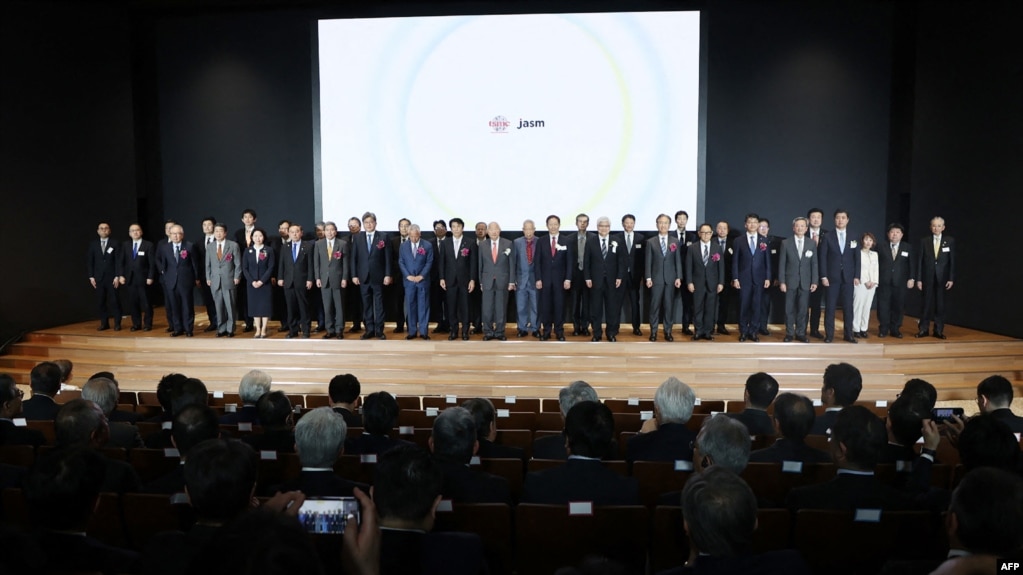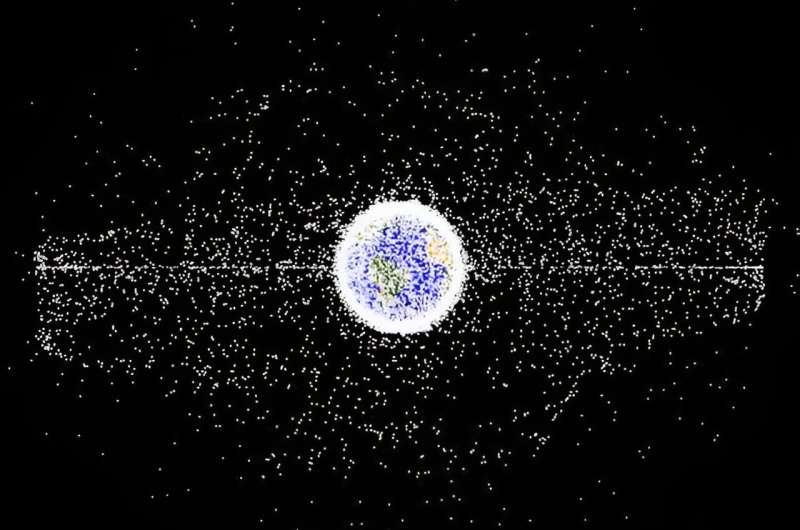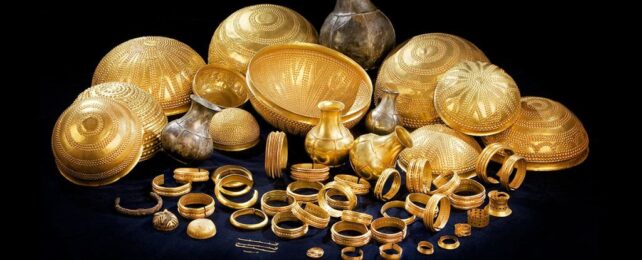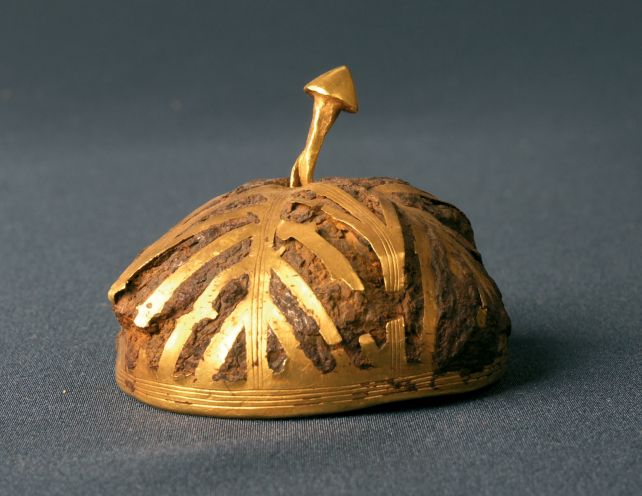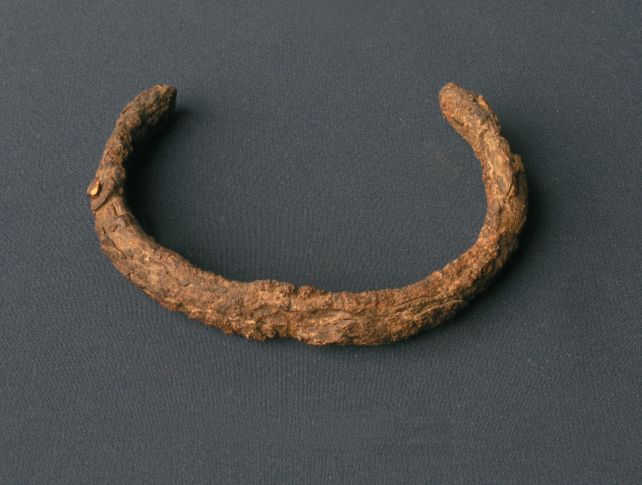
After enchanting Montreal for over two decades, the city's cherished witchcraft and esoteric shop, Charme & Sortilège, has closed its doors, marking the end of an era for the local occult community.
The store, known for its wide range of magical supplies, from herbs and crystals to books and ritual tools, has been a cornerstone for those practicing or curious about paganism, witchcraft, and the metaphysical.
"The rent of $6000 a month for our premises was considerable, but we were already financially fragile from some troubles in 2019 related to embezzlement, just as we were busy opening the Quebec branch," co-owner Marie Renée told MTL Blog. The pandemic further exacerbated their financial strain, leading to the three co-owners taking out personal loans to keep employee salaries afloat despite mandatory closures.
Then, the store's efforts to reach the community online through posts on rituals, herbalist tips, and moon phases saw a dramatic drop in interaction, sometimes getting only a handful of likes per week, a stark contrast to their previous engagement of 200 to 300 likes.
"For two years, we really tried everything… but recently, we had to accept that we were losing money every week," Marie Renée said. A company recovery expert strongly advised them to close as soon as possible.
Despite the store's brick-and-mortar closure in Montreal and Quebec City, the spirit of Charme & Sortilège will live on. The announcement of the closure elicited nearly 4,000 messages of love and sadness, according to Marie Renée, showing the deep connection the community felt with the store.
"It's really sad to see you guys go. I always loved visiting, it felt like entering another dimension. It really felt magical," one person commented on Instagram. "You have helped me a lot during a difficult time in my life and I am endlessly grateful," wrote another.
On entering Charme & Sortilège visitors were often greeted by the scent of incense, selected from a wall lined with dozens of scents, each described for its spell and ritual associations. The store was filled with items like cauldrons, candles, and spellbooks, among other pagan wares, inviting customers into a world of mysticism.
The store also offered unique "spells in a bag," silk sachets filled with herbal mixes labelled with aspirations like "fast luck" and "sweet dreams." The staff would explain how to use the sachets: carry them around, place them under your pillow, and meditate on your desired outcome. Once achieved, the tradition was to return the sachet to nature by burying or burning it. The store put an emphasis on spiritual practices that revered the natural world, which will be missed in its physical absence.
"Many are mourning… just like us. So, we decided to keep a portal dedicated to magic and related arts, allowing the spirit of Charme & Sortilège to continue. The community will now have access to various downloadable products to enrich and diversify their practice, personalized services, the Grimoire-Blog, and consultations directly on the Charme & Sortilège site," Marie Renée shared, ensuring that the store's legacy will persist online.
Looking ahead, Marie Renée has plans to create courses through a series of posters and monographs. Pascal is considering offering a unique and personalized service, and Michel will be back for in-person and virtual meetings starting mid-March.
"Continue to follow us… we haven't spoken our last word," she said.
